
| Project Summary | |
| Role | UI/UX Designer, Front-End Developer |
| Course | INFO 4130: Health and Computation - Fall 2014 |
| Project | App Development (multi-platform), Mobile Health |
| Technologies | PhoneGap, HTML5, CSS3, JavaScript, Xcode, Sketch, Photoshop, Chart.js, Swift |
By using iPhone's built-in pedometer, you can earn StepSteps that can be used to purchase upgrades and earn achievements. It's a gamified fitness app that doesn't put the onus on the user to stay committed. We wanted to turn a mundane activity into a game, and in the process provide the benefit of a more active life.
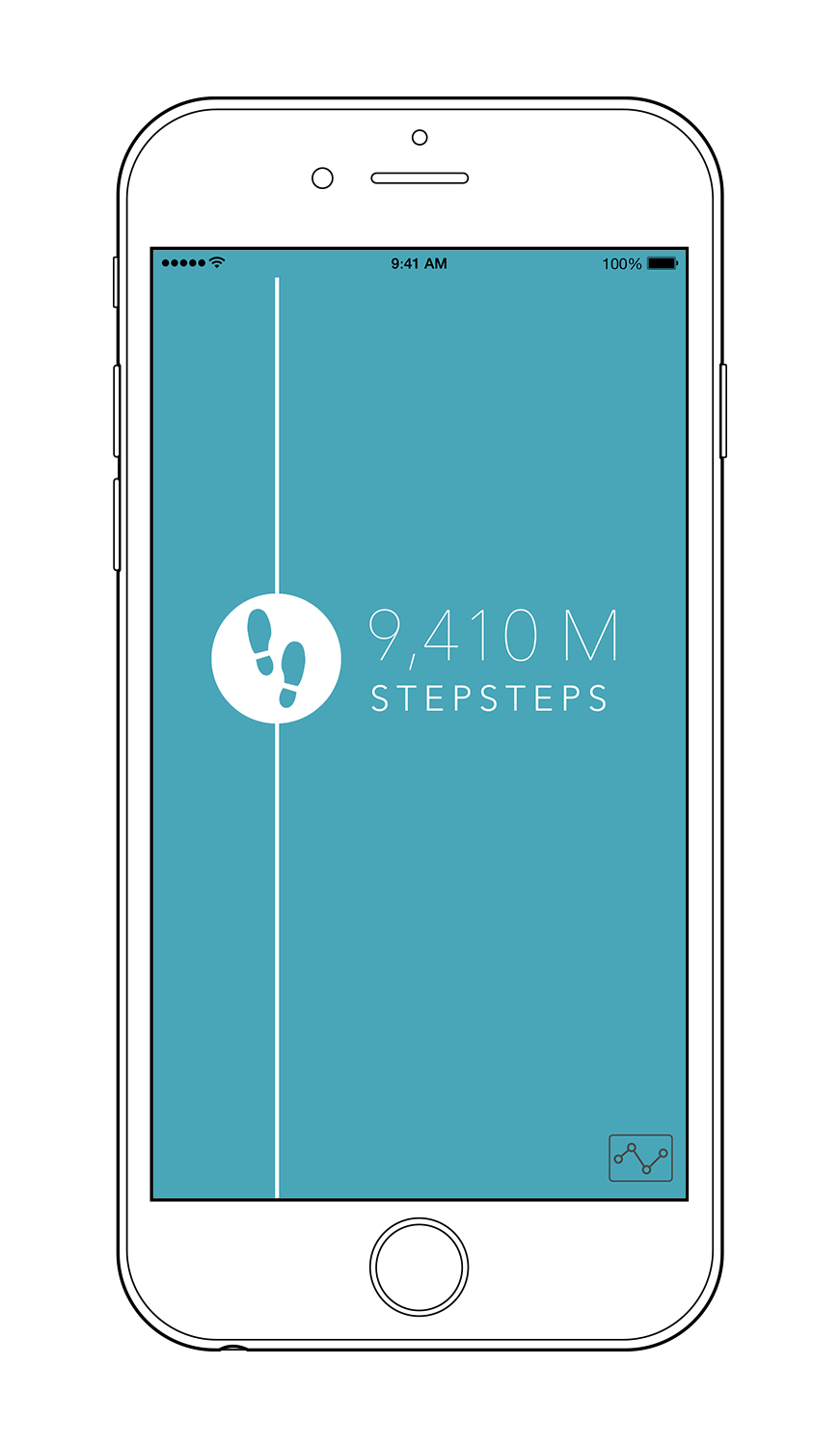
Early concept of StepStep, prototyped in Sketch.
One of the largest issues with mobile fitness apps is that changing behavior requires very conscious effort, which in many cases leads to the user giving up. Mobile games, however, are great at engaging experiences, particularly idle games such as Cookie Clicker and Make it Rain. They take monotonous tasks such as mouse clicks and transform it into something extremely captivating. We decided to take this genre of game and combine it with fitness.
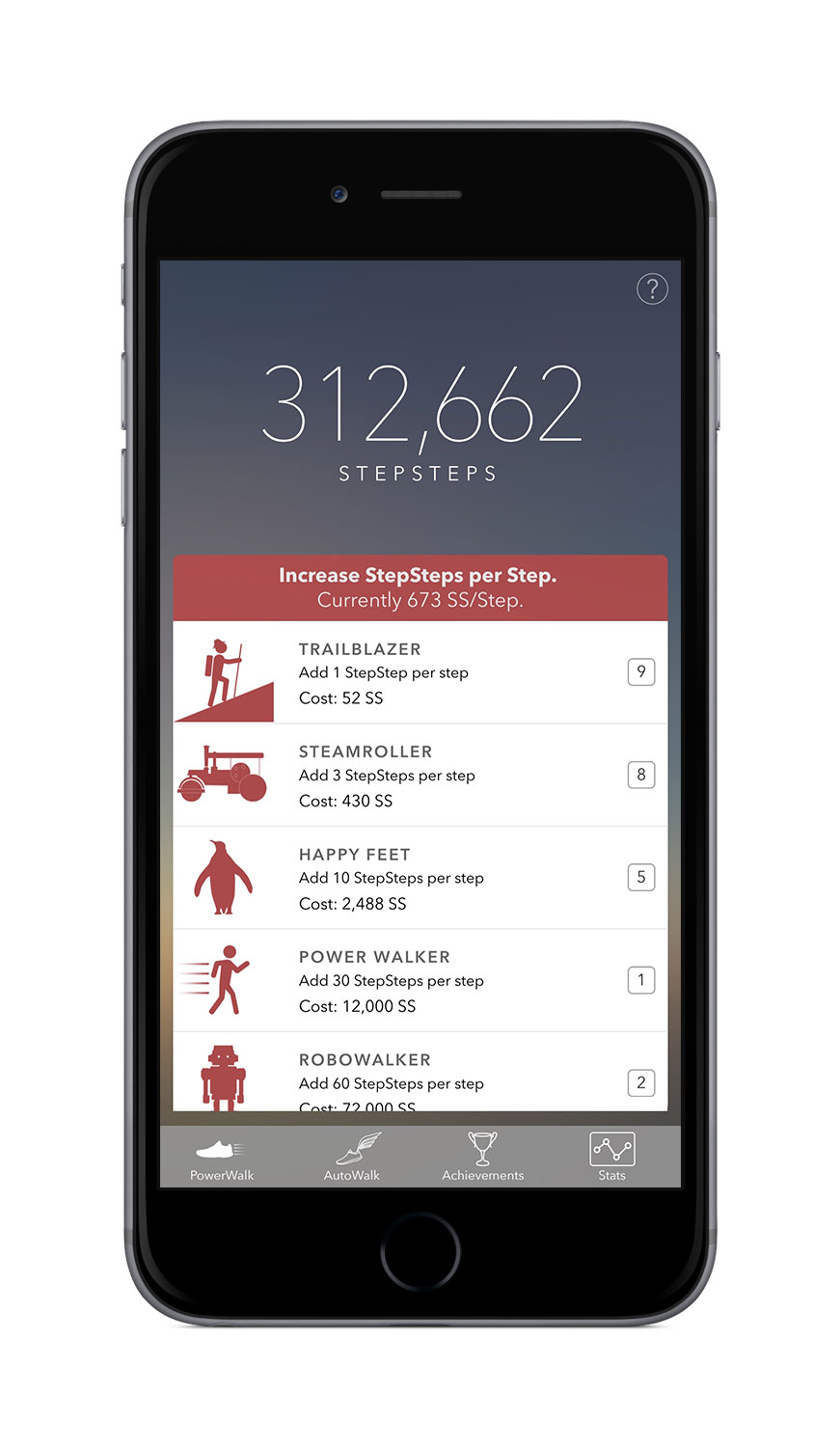
Upgrades
When you obtain enough StepSteps, there will be a myriad of options to increase the number of StepSteps you get. PowerWalk Upgrades let you earn more StepSteps per step and AutoWalk Upgrades earn you points without even walking!
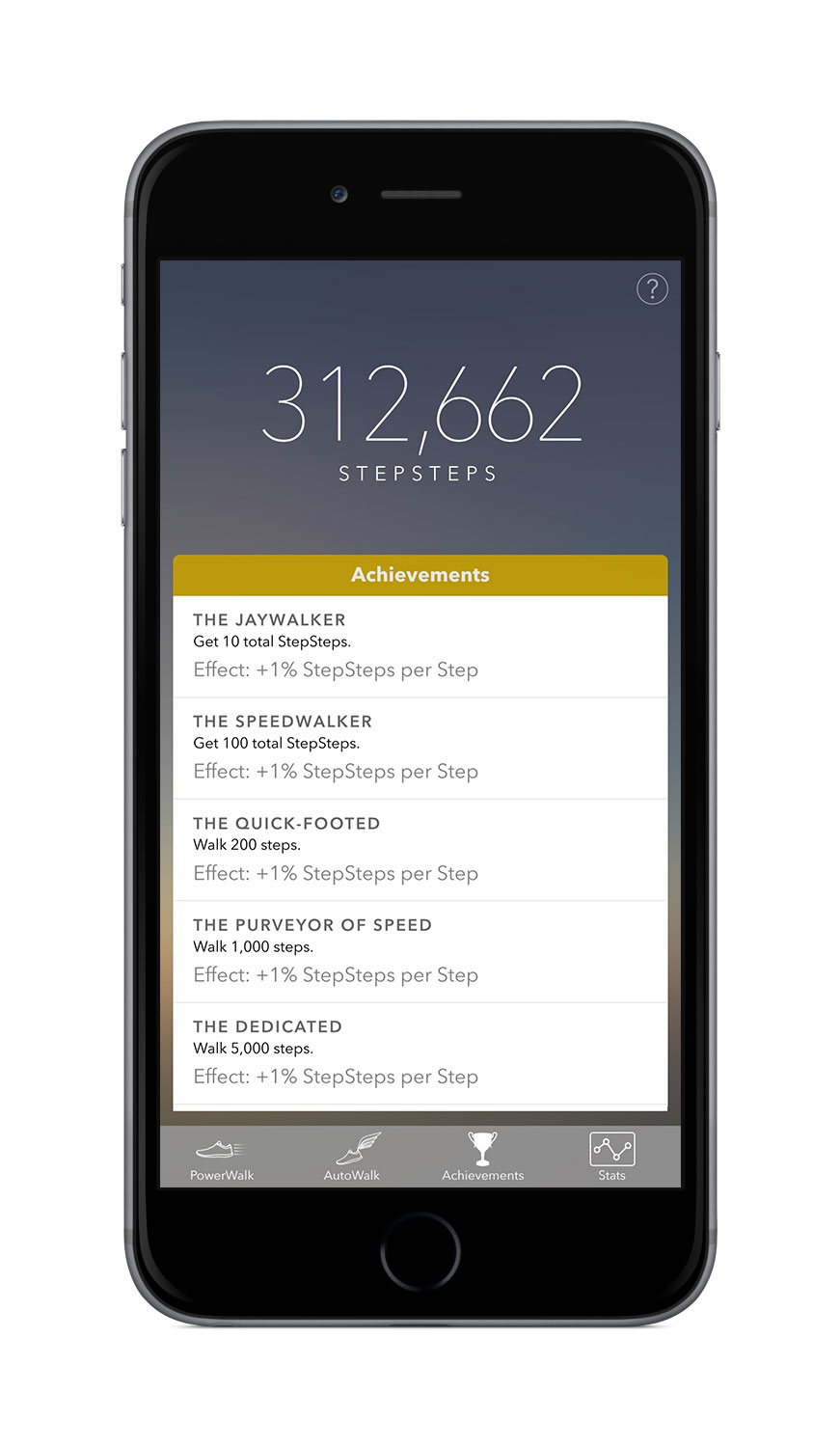
Achievements
You can earn achievements in a number of ways, either through obtaining enough StepSteps, cumulative StepSteps, or actual steps. Achievements are also beneficial, giving you an extra boost for earning even more points.
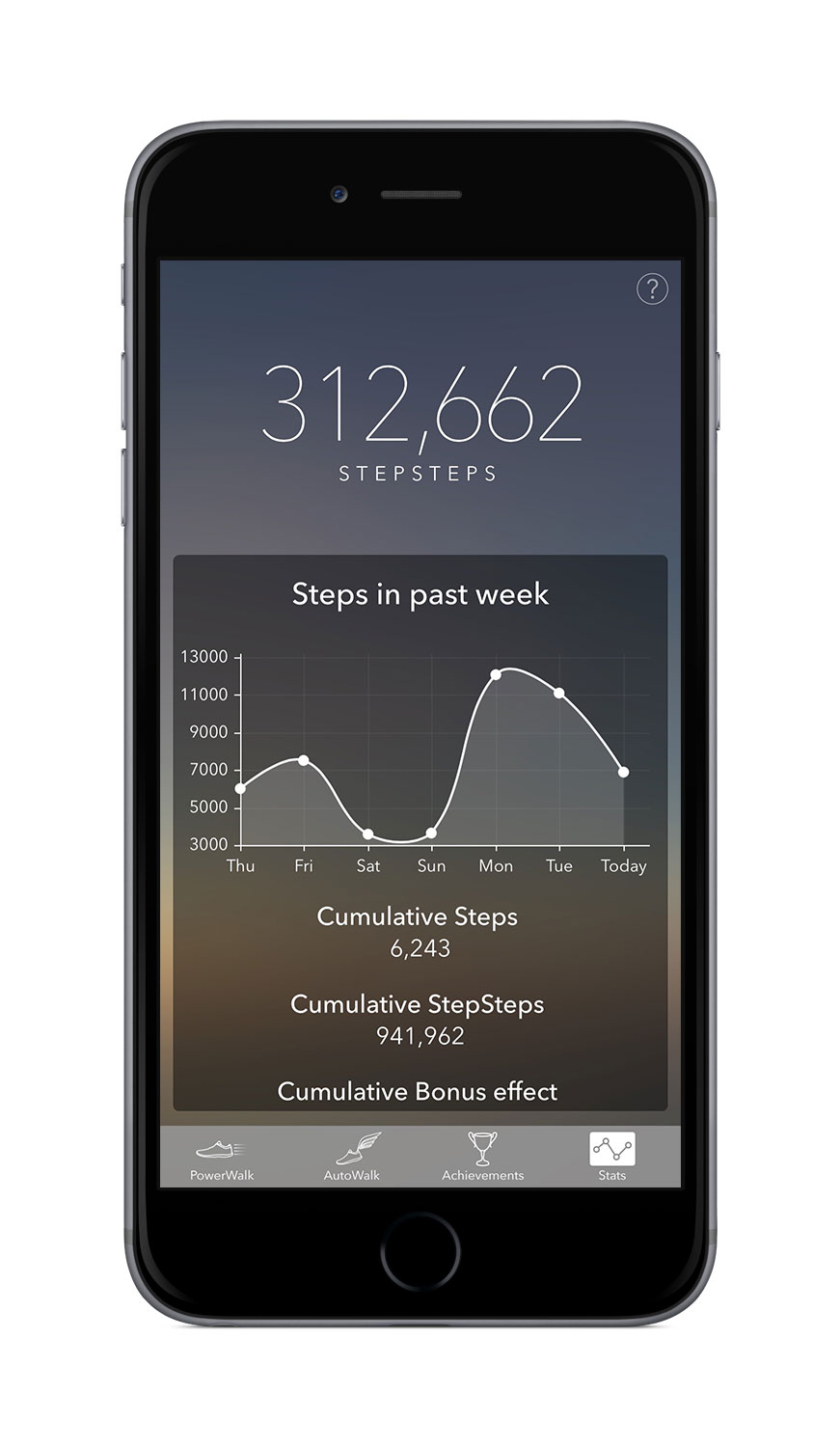
Walking Stats
StepStep also acts as a pedometer and remembers the actual number of steps over the past week. This helps keep track of your level of activity visualized with Chart.js. Data is pulled from the M7 or M8 coprocessor in iPhone 5s and iPhone 6.
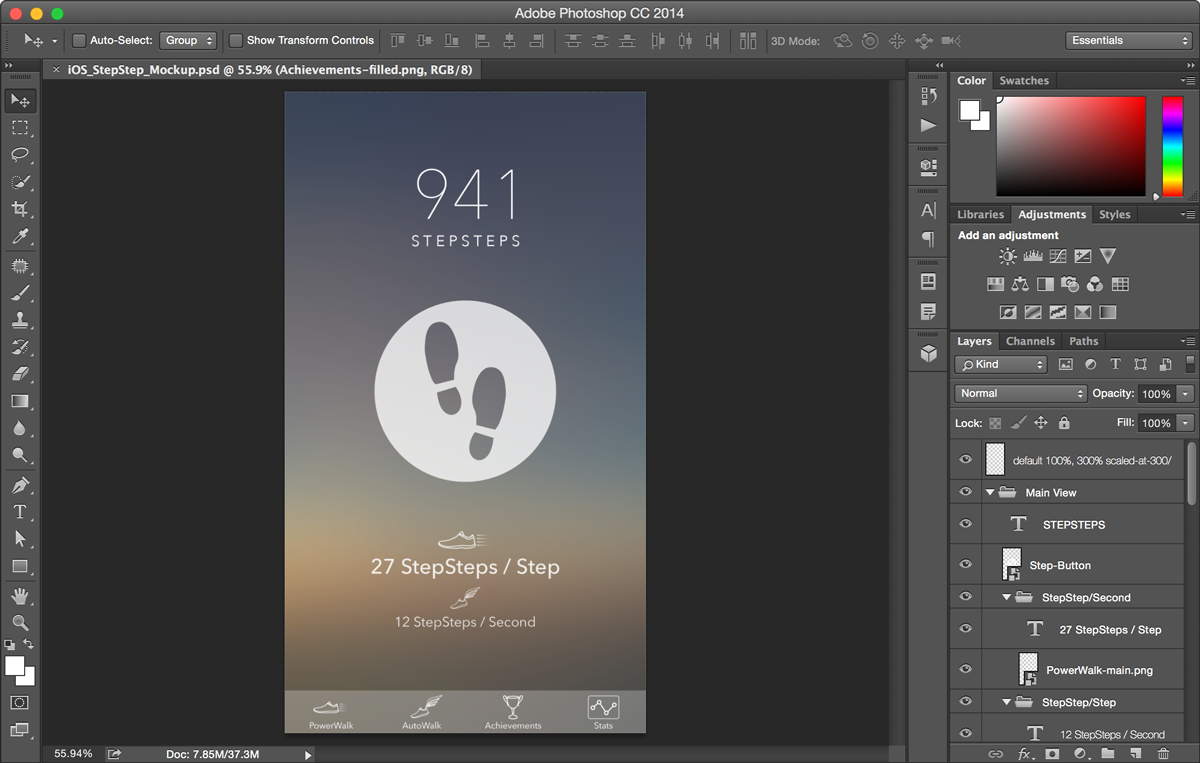
After initial prototypes were created in Sketch, detailed mockups and final assets were created in Photoshop. Afterwards, using HTML, CSS and Javascript, interactions could be easily prototyped and iterated before being released as a beta.
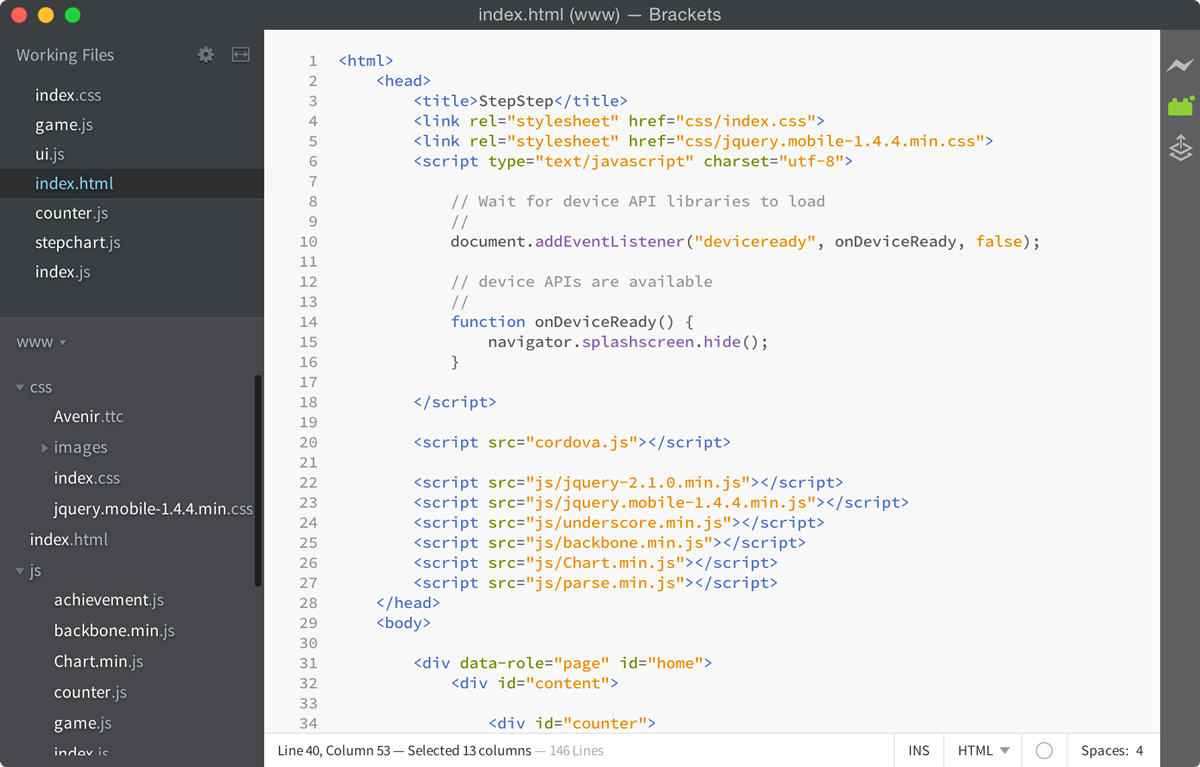
We recruited users in a study and asked for feedback about the app. Overall, they seemed to really enjoy using the app, but we wrote down some of the feature suggestions that would be good to add/revise:
Once the class was over, we decided to keep testing and creating a version that could be released to the App Store. We implemented much of the feedback we received, including Help, additional stats, better feedback, and bug fixes. The app is now available in Apple's App Store.
Click here to download the app.